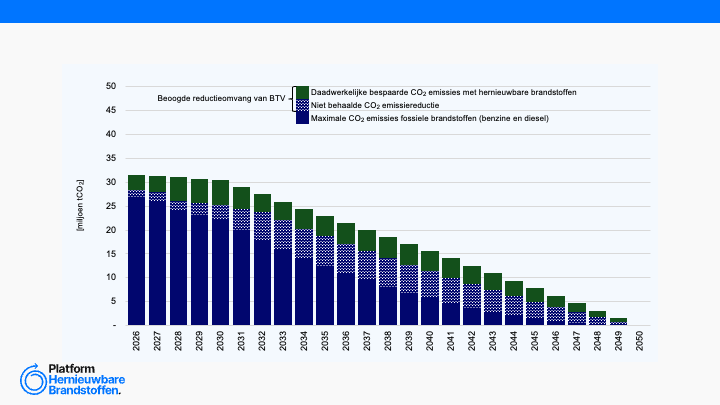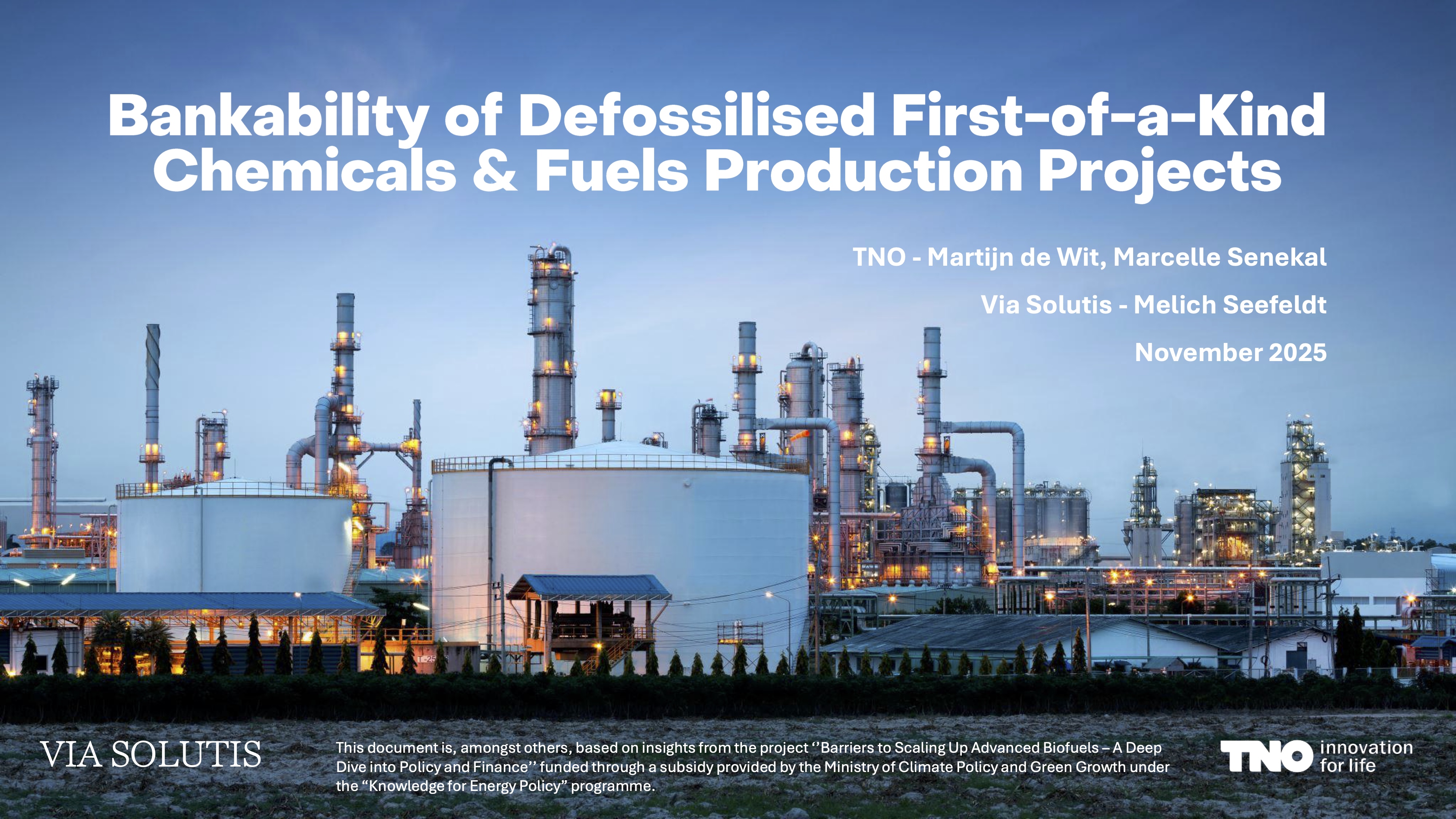CORSIA Supporting Document - Life Cycle Assessment Methodology

The International Civil Aviation (ICAO) developed CORSIA, a carbon offset and carbon reduction scheme to decrease climate emissions for international flights. One of the options to comply with CORSIA goals, is to use sustainable aviation fuels, or SAFs.
This supporting document provides methodology and data on the greenhouse gas performance of 5 conversion pathways:
- Fischer-Tropsch (FT)
- Hydro-processed esters and fatty acids (HEFA)
- Synthesised iso-paraffins (SIP)
- Iso-butanol Alcohol-to-jet (ATJ)
- Ethanol Alcohol-to-jet (ATJ)
The report addresses both the greenhouse gas impacts directly related to the SAF production pathway, and indirect land use change (ILUC) emissions. Both categories will be described subsequently.
In the report, Chapter 2-5 describes the detailed direct supply chain LCA results, broken down by feedstock-to-fuel pathway and grouped per conversion technology. In Chapter 6, a summary for the direct supply chain emissions values is given, which is presented below together with some key points from Chapter 2-5:
- Emission values varied from 5.2 g CO2eq/MJ for municipal solid waste with 0% non-biogenic carbon (NBC) in a Fischer-Tropsch process to 7 g CO2eq/MJ for corn grain in Ethanol Alcohol-to-Jet (ATJ).
- In general, Fischer-Tropsch conversion processes and related feedstock were associated with the lowest LCA values, ranging from 5.2 g CO2eq/MJ for MSW with 0% NBC to 12.2 g CO2eq/MJ for short rotation woody crops.
- In the HEFA conversion processes, LCA values ranged from 13.9 g CO2eq/MJ for used cooking oil to 60 g CO2eq/MJ for palm oil (if the effluent is disposed untreated in an open pond).
- Corn grain as a feedstock is associated with high LCA values for both iso-butanol (55.8 g CO2-eq/MJ) and ethanol alcohol-to-jet (65.7 g CO2eq/MJ). In both processes, the cultivation and harvesting together with the fermentation and EtOH upgrading results in significant high amounts of GHG emissions.
- When using either agricultural or forestry residues, the conversion process significantly impacts the direct supply chain emissions. To illustrate this; using agricultural or forestry residues in a FT-process results in 7.7 and 8.3 g CO2eq/MJ respectively, whereas using both in iso-butanol Alcohol-to-jet process results in higher emissions of 29.3 and 23.8 g CO2eq/MJ respectively.
- When using sugar cane as feedstock, one could better choose the process of iso-butanol (24 g CO2-eq/MJ) or ethanol (24.1 CO2eq/MJ) ATJ than SIP (32.8 CO2eq/MJ) in terms of CO2 equivalent emissions.
ILUC emissions
An additional demand for crop-based SAFs could indirectly lead to cropland expansion which could cause greenhouse gas emissions from land use change. As a result of land competition between croplands and natural lands, interactions among markets, and trade among regions, land use change and related emissions may become a global phenomenon that goes beyond the regions expanding biofuels production.
ILUC emissions cannot be observed or measured. They are estimated through modelling of global agricultural developments, the trade of commodities and of land patterns. First, the global land use change is estimated through an economic equilibrium model (e.g. GTAP-BIO or GLOBIOM), and then greenhouse gas emissions associated with the estimated land use change can be measured by applying an emission accounting model. In this report, two models are applied and improved to include SAF pathways, namely the GTAP-BIO model and the GLOBIOM model. In Chapter 4, the improvements to the model are discussed.
In Chapter 5, the ILUC emission intensity results from GTAP-BIO and GLOBIOM for the 17 SAF pathways are given, together with a default ILUC value based on these two models. The CORSIA report observes for some pathways a large difference between the outcomes for GTAP-BIO and GLOBIOM (with GLOBIOM consistently giving higher factors). The report proposes default factors on basis of the average of the both outcomes, but never more than 4.45 g CO2eq/MJ above the lower end of the range. Some key outcomes are given here:
- Starch and sugar pathways had small absolute differences (less than 6 g CO2eq/MJ) in ILUC emissions between the two models.
- All cellulosic pathways provide negative or very small ILUC emission values from both models due to the high soil carbon sequestration and biomass carbon from producing cellulosic crops.
- The soy oil feedstock pathways for HEFA production showed large differences between the two models, with a difference between the ILUC emissions of 30.4 g CO2eq/MJ (USA) and 95.4 g CO2eq/MJ (Brasil). This is mainly driven by difference in the livestock rebound effect and vegetable oil demand responses. GLOBIOM estimated significantly higher land conversion of natural land or abandoned land compared with GTAP-BIO (Figure 15 in the report), This leads to considerably higher emissions from natural vegetation (146 vs. 37 Mt CO2), SOC (97 vs. 28 Mt CO2) and foregone sequestration (24 vs. 12 Mt CO2) in the GLOBIOM model. The GLOBIOM furthermore assumes a higher peat oxidation rate (107 vs. 28 Mt CO2) due to higher palm fruit production and palm cultivated area expansion in Malaysia and Indonesia.
- Large results can be seen in USA miscanthus alcohol (isobutanol) to jet (ATJ), with a difference of 49.8 g CO2eq/MJ between the two models. The land sources for producing miscanthus and the associated emission factors are the drivers of the different results from the two models. For example, the GTAP-BIO model estimated a significant higher SOC sequestration (-88 vs. -7 Mt CO2) than GLOBIOM.
- Default ILUC values ranged from -54.1 g CO2eq/MJ for the miscanthus ATJ pathway (USA) to 39.1 g CO2eq/MJ for the palm oil HEFA pathway (Malaysia & Indonesia).
- Overall, for almost a majority of the considered 17 pathways, the absolute difference (gap) was small, less than 10 g CO2eq/MJ. However, there were also seven pathways where the gap was over 20 g CO2eq/MJ. This shows that understanding the assumptions and careful consideration of the choice of ILUC-model is needed to estimate ILUC emissions.
Overall, the ILUC emissions estimated by the improved GLOBIOM modeling, taking into account recent developments in the global market and land use change patterns, are significantly lower than what was estimated by the GLOBIOM study for EU road transport fuels in 2016.
Recente artikelen
Analyse brandstoftransitieverplichting

Nederlandse industrieclusters presenteren bidbook: Een basisindustrie om op te bouwen: nu & in de toekomst



